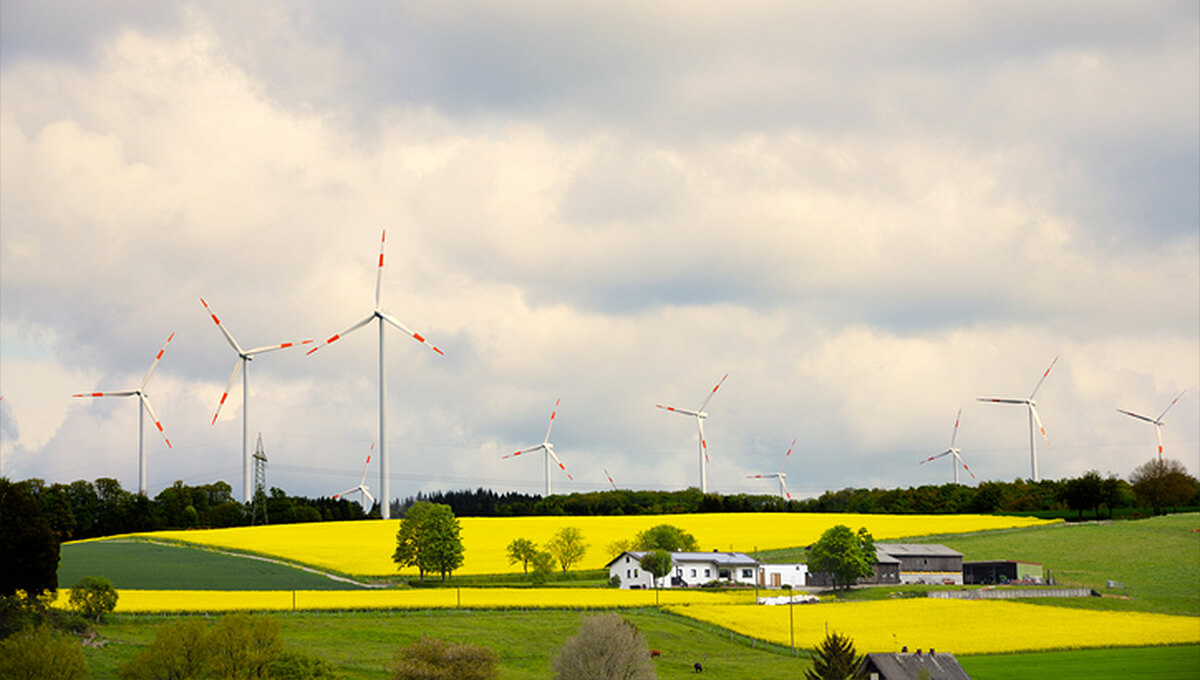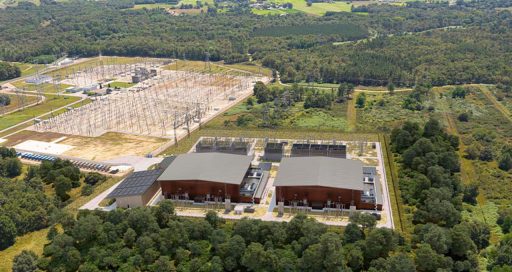
© Knaupe
A change in the financial incentive scheme has had no negative impact on the growth of wind farms in Germany. On the contrary, 1,600 wind turbines were installed in 2016, a virtual record. An additional 2,000 are set to be installed between now and 2019.
Germany is moving full steam ahead to roll out its wind turbine programme across the country. At the Essen energy and water exhibition in February 2017, State Secretary for Energy, Rainer Baake, announced that some 2,000 additional turbines with a combined capacity of 8,500 MW will be installed between now and 2019 to boost the renewable energy “pipeline”.
2,000 additional turbines with a combined capacity of 8,500 MW will be installed to boost the renewable energy “pipeline”.
During the current year, the nearly 5,000 MW set to be installed under permits signed in 2016 will thus have the benefit of fixed government subsidies.
The new energy transition law enacted in 2016 changed the financial incentive scheme by introducing a form of competition among energy suppliers. Most of the 3,000 to 3,500 MW of additional wind capacity expected in 2018 will be built under the first three tenders that mark the start, in 2017, of the new system covering wind farm projects.
46,000 MW installed power
The entry into force of the new law on 1 January 2017 partly explains the virtual record number of new wind turbines – 1,624, with a combined capacity of 4,625 MW – installed in 2016, almost as much as the 4,750 MW rolled out in 2014. Operators made the most of the former regulatory framework until, literally, the very last day, 31 December 2016, when German authorities signed permits for the construction of 2,053 wind turbines. At the end of 2016, Germany’s total wind generating capacity of nearly 46,000 MW covered 11% of the country’s gross power consumption.
As the basic underpinning of the energy transition, the full range of renewable solutions, including wind farms, currently accounts for 33% of the energy mix and that percentage is expected to increase to 40-45% by 2015 and 55-60% by 2035, according to the timetable defined by the federal authorities. Looking at wind power alone, that goal seems well within reach.
03/07/2017
Learn more:
Plötzlicher Boom für die Windkraft





